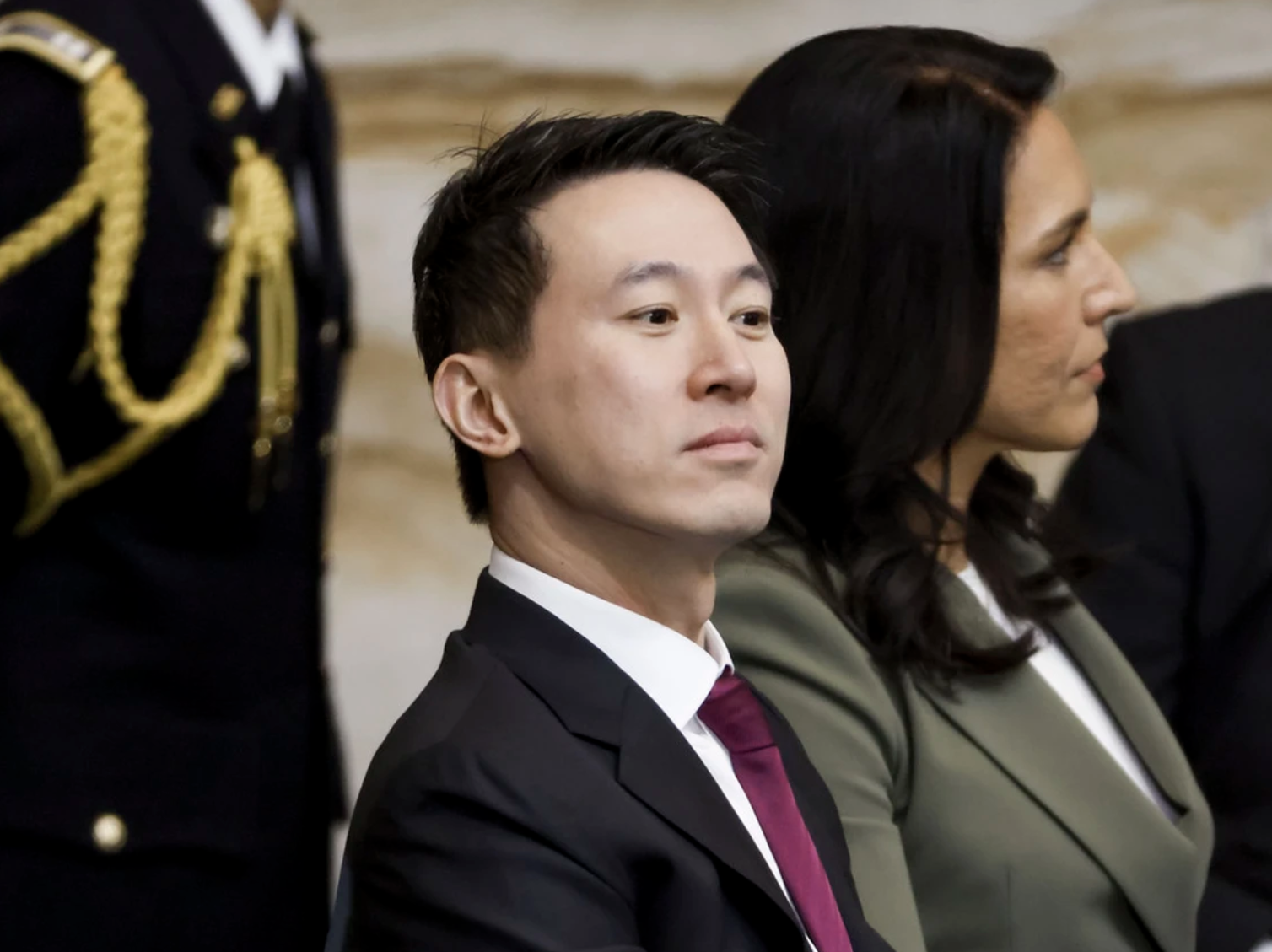This report is only a summary and editorial regarding the executive orders (“EOs”) signed by the Trump Administration during the last week. EOs are not legislation or court opinions. They do not carry the weight of law, and are merely statements of policy within the executive branch. That is not to say they cannot be cited in court or legal pleadings, or aren’t relevant to the application of law, only that they are almost never controlling outside of internal executive branch administration.
EOs are signed and reported on, generally, a week before they are published into the Federal Register. Until such a publication, it can be difficult to know the exact language of the signed EO. For that reason, these reports only include EOs published in the Federal Register. While this can lead to these reports feeling delayed or dated, it is to ensure precision and clarity.
While I am a licensed attorney, this is not paid legal advice. Nothing in this communication is intended to create an attorney-client relationship. Unless expressly stated otherwise, nothing contained in this article should be construed as a digital or electronic signature, nor is it intended to reflect an intention to make an agreement by electronic means.
Pictures and captions added by u/greatwhiteterr and do not represent the opinion of u/RealKafkaEsquire.
This EO relies on the International Economic Emergency Powers Act (the “IEEPA”), the National Emergencies Act (the “NEA”), the Trade Act of 1974 § 604, and 3 USC 301.
Section 1 claims that Chinese companies ship illicit substances to the US via small shipments that avoid detection due to the de minimis exception under 321(a)(2)(C) of the Tariff Act of 1930. Per EO 14195, the tariffs on China are specifically to combat synthetic opioids from entering the US. The Secretary of Commerce has reported that systems are now in place for tariffing such de minimis shipments.
Section 2 applies the tariff to shipments that would have previously enjoyed the de minimis exception.
Section 3 directs the Secretary of Homeland Security to take all necessary actions to implement this EO.
This closes the de minimis loophole that has existed since 1930 for shipments from China. In the past this was largely for simple non-commercial shipments between the countries, but in recent years has been used by drop shippers and companies like TEMU to make fortunes. With its closing, there now will be high duties, not just Trump’s tariffs, on these products coming into America.

On April 17th, TEMU and Shein announced price increases due to “changes in global trade rules”
While it is fun to laugh at drop shippers, this will negatively affect a number of other businesses in America, Chinese residents in America, and raise prices on any number of products in America that have become accessible and inexpensive in the last few years.
This EO relies on the International Economic Emergency Powers Act, the National Emergencies Act, the Trade Act of 1974 § 604, and 3 USC 301.
There is a very long and nonsensical preamble that talks about how hard it is to be the US in the world economy, it fails to mention how much better the US economy has been doing over the last four years under Biden in comparison to other nations.
Section 1 declares a national emergency due to the rising trade deficits that occur between the US and their trade partners.
Section 2 imposes tariffs on the countries listed in Annex 1 starting at 10% and increasing as stated.
Section 3 requires the tariffs be implemented by April 5, 2025.
Section 4 requires the Secretary of Commerce and other officers within the executive to recommend additional actions.
Section 5 requires these same officials to take all necessary legal steps to implement these tariffs.
Section 6 requires the offices stated to provide reports to congress regarding the national emergency.
This is the big tariff EO that has been in the news non-stop since it was signed. The Trump admin has imposed horrific tariffs on countries for no real purpose or gain to the US. By declaring a national emergency under the National Emergencies Act the Administration presumes to be able to impose tariffs as they see fit. This is despite no previous administration ever employing these laws in this way. National emergencies under this act are almost always specific and any powers employed done so narrowly with a specific goal.
There are a number of articles providing in depth economic analysis in almost every news outlet, including the Pragmatic Papers.
If challenged in court, the tariffs have little in the way of legal support. As mentioned above this is a novel application of both the NEA and IEEPA. The Administration is applying broad, essentially random, tariffs that have no real relation to the “emergencies” they allege. Additionally, none of the “emergencies” that have been identified are specific, unique, or ones that are directly related to the powers employed. It would not be surprising to see a court attempt to block such tariffs, though with the Administration’s recent actions in mind, it is unclear if this will be enough.
There are currently two relevant lawsuits I am aware of, one out of Florida for tariffs specifically against china, and another out of California regarding the tariffs generally. While both are with solid argument and law behind them, they may not be fast enough to prevent serious economic harm on an international scale.
Section 1 amends EO 14166 - Application of Protecting Americans from Foreign Adversary Controlled Applications Act to TikTok, to extend the sale deadline of TikTok to June 19, 2025.
This provides another 90 days for TikTok to either leave or find a domestic buyer.
 Tiktok CEO Shou Chew and Tulsi Gabbard at Trump’s inauguration/Photo by
Shawn Thew-Pool/Getty Images files
Tiktok CEO Shou Chew and Tulsi Gabbard at Trump’s inauguration/Photo by
Shawn Thew-Pool/Getty Images files
In 90 days TikTok will either be bought, leave, or Trump will extend the deadline another 90 days.